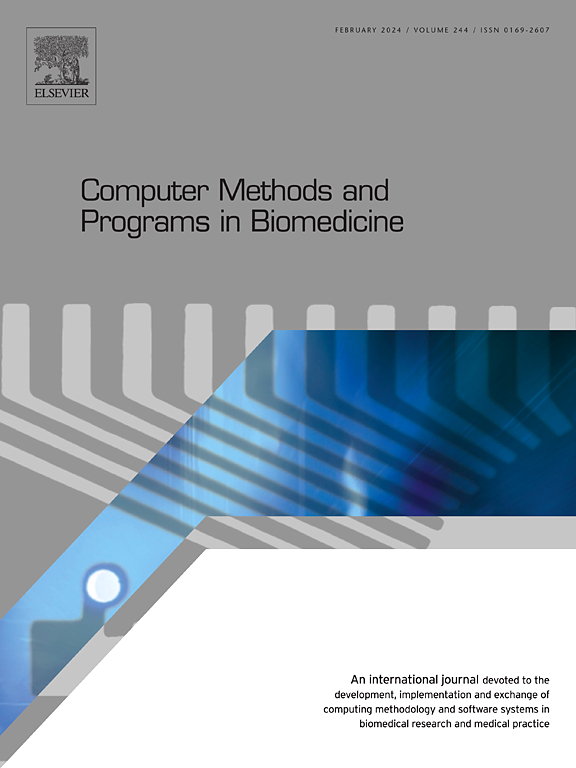LMTTM-VMI: Linked Memory Token Turing Machine for 3D volumetric medical image classification
IF 4.9
2区 医学
Q1 COMPUTER SCIENCE, INTERDISCIPLINARY APPLICATIONS
引用次数: 0
Abstract
Biomedical imaging is vital for the diagnosis and treatment of various medical conditions, yet the effective integration of deep learning technologies into this field presents challenges. Traditional methods often struggle to efficiently capture the spatial characteristics and intricate structural features of 3D volumetric medical images, limiting memory utilization and model adaptability. To address this, we introduce a Linked Memory Token Turing Machine (LMTTM), which utilizes external linked memory to efficiently process spatial dependencies and structural complexities within 3D volumetric medical images, aiding in accurate diagnoses. LMTTM can efficiently record the features of 3D volumetric medical images in an external linked memory module, enhancing complex image classification through improved feature accumulation and reasoning capabilities. Our experiments on six 3D volumetric medical image datasets from the MedMNIST v2 demonstrate that our proposed LMTTM model achieves average ACC of 82.4%, attaining state-of-the-art (SOTA) performance. Moreover, ablation studies confirmed that the Linked Memory outperforms its predecessor, TTM’s original Memory, by up to 5.7%, highlighting LMTTM’s effectiveness in 3D volumetric medical image classification and its potential to assist healthcare professionals in diagnosis and treatment planning. The code is released at https://github.com/hongkai-wei/LMTTM-VMI.
求助全文
约1分钟内获得全文
求助全文
来源期刊

Computer methods and programs in biomedicine
工程技术-工程:生物医学
CiteScore
12.30
自引率
6.60%
发文量
601
审稿时长
135 days
期刊介绍:
To encourage the development of formal computing methods, and their application in biomedical research and medical practice, by illustration of fundamental principles in biomedical informatics research; to stimulate basic research into application software design; to report the state of research of biomedical information processing projects; to report new computer methodologies applied in biomedical areas; the eventual distribution of demonstrable software to avoid duplication of effort; to provide a forum for discussion and improvement of existing software; to optimize contact between national organizations and regional user groups by promoting an international exchange of information on formal methods, standards and software in biomedicine.
Computer Methods and Programs in Biomedicine covers computing methodology and software systems derived from computing science for implementation in all aspects of biomedical research and medical practice. It is designed to serve: biochemists; biologists; geneticists; immunologists; neuroscientists; pharmacologists; toxicologists; clinicians; epidemiologists; psychiatrists; psychologists; cardiologists; chemists; (radio)physicists; computer scientists; programmers and systems analysts; biomedical, clinical, electrical and other engineers; teachers of medical informatics and users of educational software.
 求助内容:
求助内容: 应助结果提醒方式:
应助结果提醒方式:


